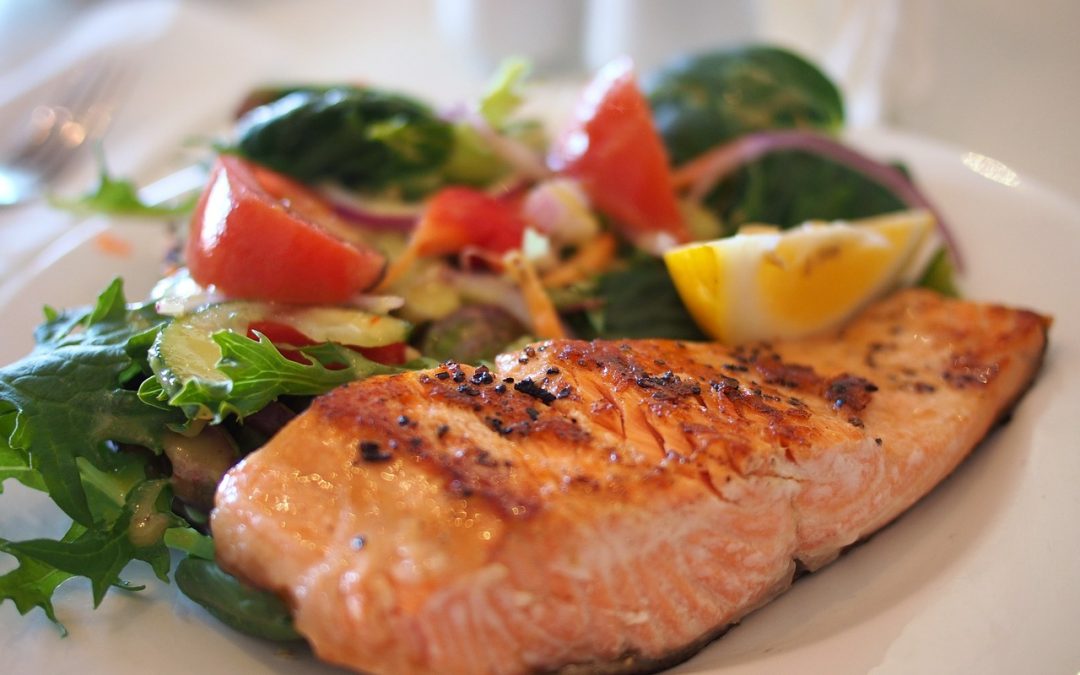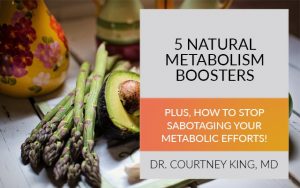The Ketoflex 12/3 diet is a specific plan I use for all of my patients on the Bredesen Protocol. It is a very specific diet for optimal brain health and is cornerstone to the 6-month ReCode Program used to fight Alzheimer’s disease.
When you look at all of the contributing factors of Alzheimer’s and cognitive decline, restoring mitochondrial function is an essential part of successful Alzheimer’s treatment, and one of the most powerful ways to optimize mitochondrial function is through diet, specifically cyclical ketosis.
Not surprisingly, Bredesen’s ReCODE Protocol makes use of nutritional and cyclical ketosis by examining the 150 different variables – including biochemistry and genetics – to determine which factors are most likely driving the disease.
You can get more details on these variables by reading Bredesen’s book, “The End of Alzheimer’s” and also by scheduling a Bredesen Protocol consultation with my practice in Santa Rosa, California.
What is the Bredesen Protocol?
The Bredesen Protocol is a very specific program used to fight cognitive decline. It was founded by Dr. Dale Bredesen, who has spent over 30 years researching a treatment for Alzheimer’s and cognitive decline.
Through advanced evaluation and testing, key lifestyle changes, and an individualized program for each patient, the RECODE Protocol® has returned many people to pre-diagnosis levels of cognition. This therapeutic program is the first program to reverse cognitive decline and why I use its key
What is the ReCode Protocol?
The ReCode Protocol goes hand in hand with the Bredesen Protocol. It is a 6-month program that optimizes key lifestyle factors, including food, sleep, and exercise.
At Golden Road Medicine, here in Santa Rosa, California, we implement the findings in Bredesen’s original publication, “A Reversal of Cognitive Decline,” and his best-seller, “The End of Alzheimer’s: The First Program to Prevent and Reverse Cognitive Decline” into a personalized 6-month program that addresses multiple root causes of cognitive decline.
We will run advanced tests and evaluations to figure out what you need. For example, if you have insulin resistance, which many patients do, we will work to improve your insulin sensitivity. If you have inflammation, we will work on addressing the root causes of this inflammation.
Often times you also need to eliminate toxins and address any leaky gut or microbiome issues or take supplements to balance out certain hormones.
Ketoflex 12/3 Diet and the Bredesen Protocol
One of the most important factors that make the Bredesen Protocol effective is the Ketoflex 12/3 diet. This is the plan I help tailor to all of my patients who want to treat cognitive decline.
The Ketoflex 12/3 diet is mostly plant-based and low-protein, ketogenic diet. While the dietary plan is high-individualized, there are certain recommendations that all patients follow, which I have listed below.
Ketoflex involves a daily fasting period of at least 12 hours. For ApoE4-positive patients, 14 to 16 hours of fasting instead of the minimum 12 is recommended.
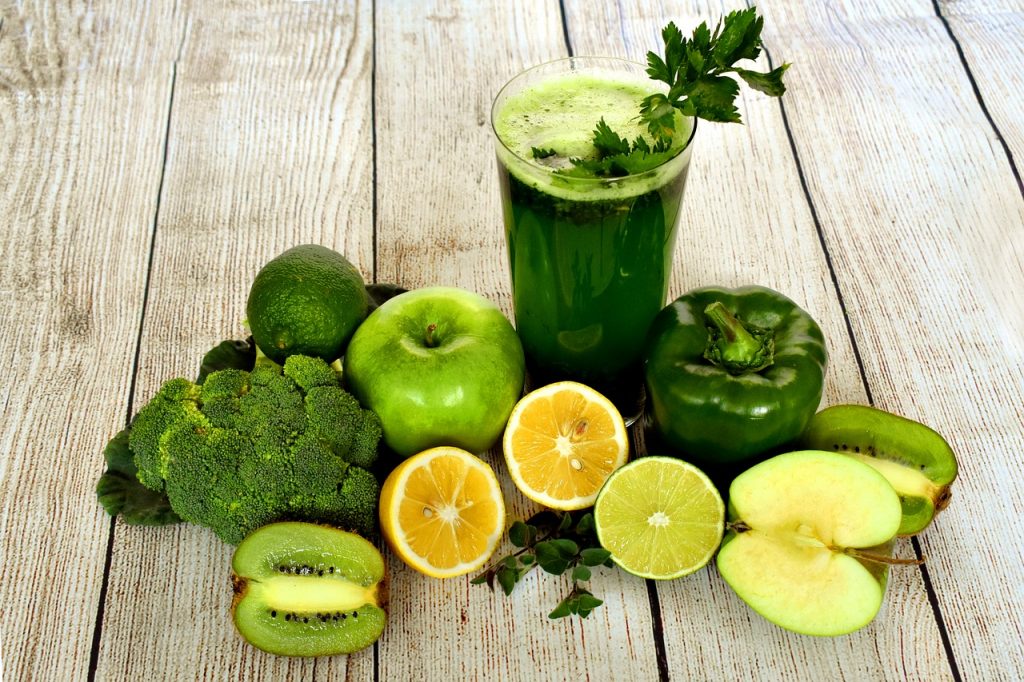
Main Components of the Ketoflex 12/3 Diet Includes:
- Whole, Predominantly Plant-Based foods
- Mild ketosis state
- Low carb and sugar foods
- 10-15 servings of non-starchy vegetables/day
- Healthy fats – mostly monounsaturated foods such as nuts, seeds, and olive oil
- Lean protein such as cold-water, low-mercury fish
- Low-glycemic fruit such as berries
- A 12-hour nightly fast + a 3-hour fast before bedtime
- Complex carbohydrates
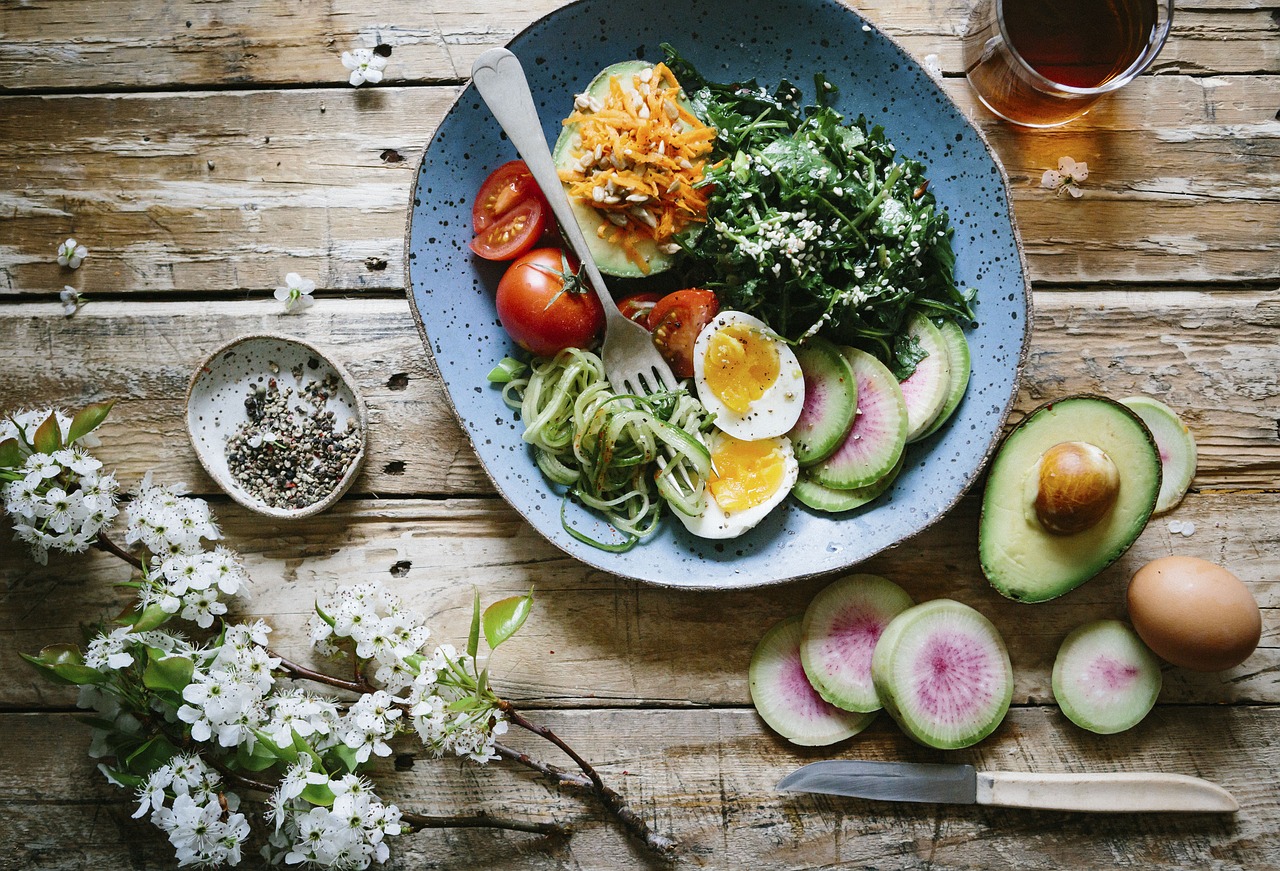
The Ketoflex Diet Avoids:
- ALL Highly-processed foods
- Large amounts of meat and animal products
- Simple carbohydrates such as refined bread, crackers, pastries
- Simple sugar
- Gluten
- Lectins (including gluten and nightshades)
- Casein (found in dairy)
While the protocol does aim for a “mildly ketogenic” state, it is not your standard ketogenic diet because of the emphasis on low protein and animal products. Moreover, The Bredesen Protocol includes complex carbohydrates and other foods that are typically avoided in a standard ketogenic diet.
Examples of Ketoflex Friendly Foods
Below I have listed out the types of foods you can eat on the ReCode protocol’s Ketoflex diet.
1. You will be eating 6-10 servings of vegetables a day.
Examples include:
- Arugula
- Beets
- Bok Choy
- Broccoli
- Cabbage
- Cauliflower
- Cilantro
- Daikon
- Ginger
- Kale
- Parsley
- Rutabaga
- Seaweed + Algaes
- Spinach
2. Low glycemic fruits are better than high glycemic fruits and should be eaten in moderation.
- Wild Berries
- Lemons and limes
- Olives
- Avocados
- Cherries
- Grapefruit
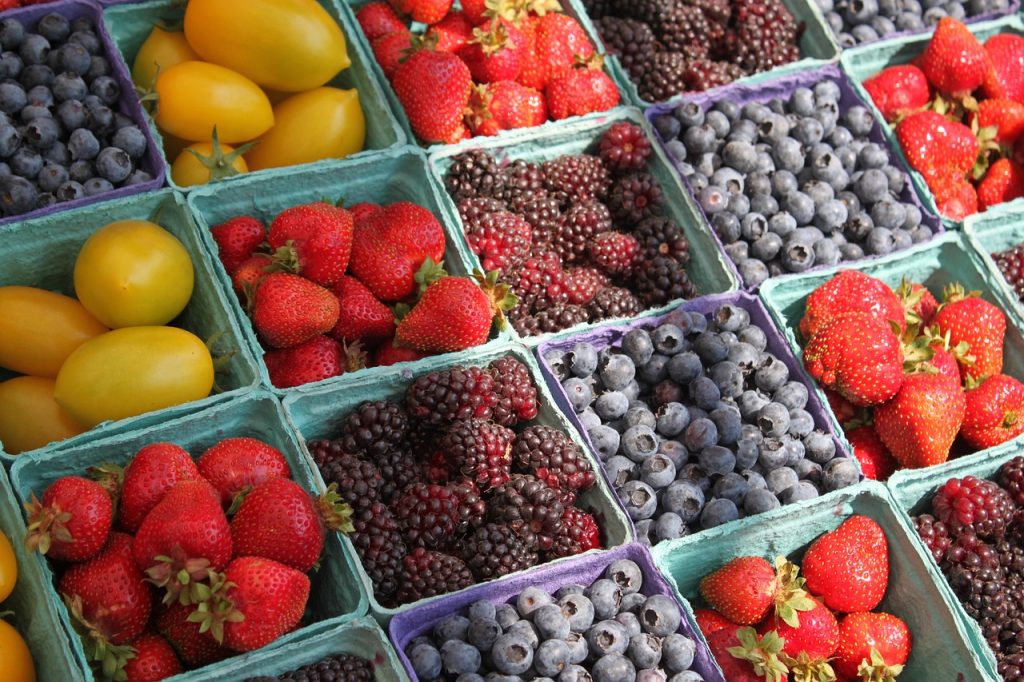
3. Mushrooms
While often considered vegetables, mushrooms are actually edible fungi known for their medicinal, anti-microbial and viral properties, medicinal
4. Prebiotic and Probiotic Foods
Prebiotics (types of food fiber that colon bacteria eat, such as onion & jicama) and Probiotics (especially fermented foods like live culture sauerkraut and kimchi) are good to add to your diet.
5. Good Fats
Because this is a low animal protein diet, most of these good fats will come from plants. Buy all oils cold-pressed to avoid highly processed and damaged fats.
- Extra Virgin Olive Oil
- Coconut oil
- Avocados and avocado oil
- MCT Oil
- Macadamia Nut Oil
- Walnut Oil
*Avoid all seed, grain, and bean oils. These are heat-extracted and often GMO-refined oils. Avoid soy, corn, canola, safflower, cottonseed, peanut, and palm kernel oil.
*Avoid all trans-fats and processed foods as well. This includes cookies, chips, crackers, microwave popcorn, margarine, and fast-food.
When cooking with oils, choose oils with high “smoking” points. Ghee, animal fat, and butter are the best choices. Other good choices include avocado oil and coconut oil. Cook foods at a low-heat to reduce oxidative damage.

6. Herbs and spices
Contain antiviral and antimicrobial properties and are extremely high in essential nutrients.
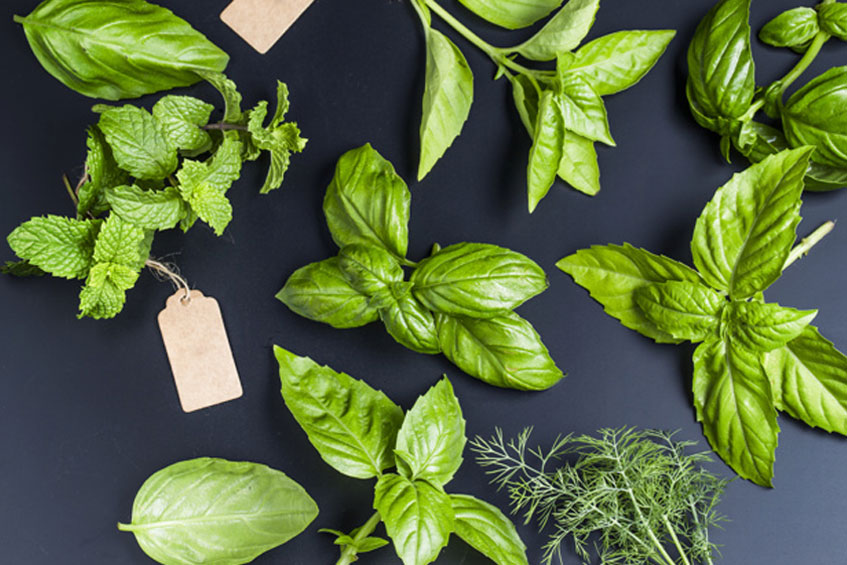
7. Complex carbohydrates and resistant starches
Resistant starches are more easily digestible (feeding the bacteria in your gut). They also do not have lectins and other potentially enzymes that can be harmful to your gut. Moreover, they serve as excellent fuels and help us feel fuel. Examples include:
- Taro Root
- Plaintain and Banana Flour
- Sweet Potato
*Avoid refined carbohydrates and gluten. This includes wheat bread, anything processed like crackers, white potatoes, and more.
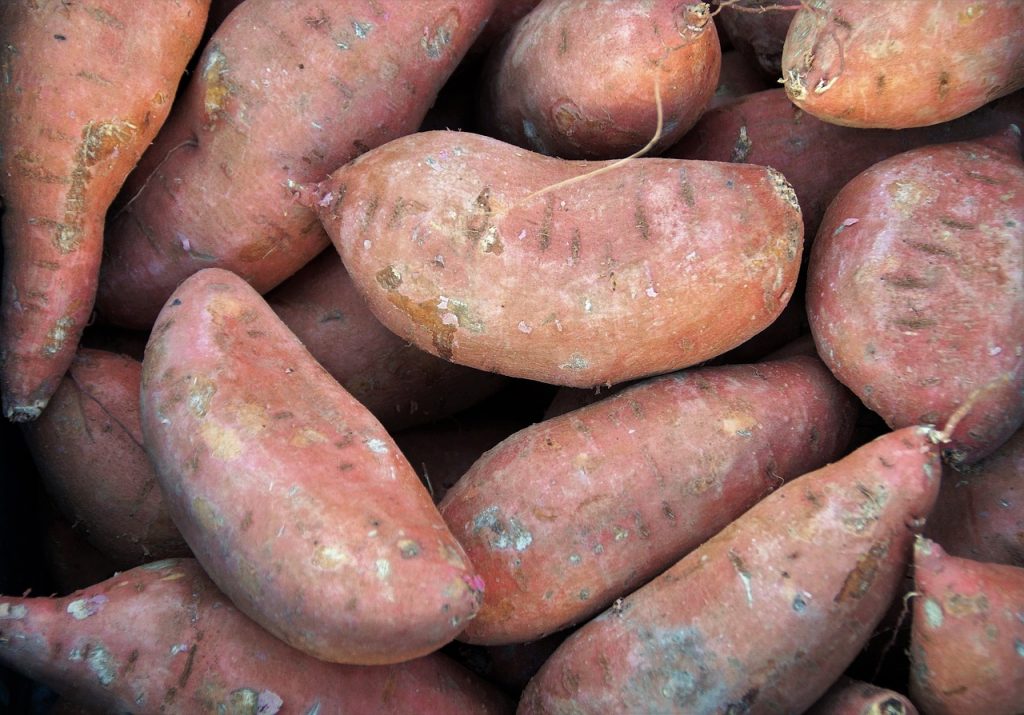
8. Nuts and Seeds
Nuts and seeds contain excellent fat, protein, and vitamin rations, but should still be eaten in moderation. Allergies should also be taken into consideration. Great nuts include:
- Macadamia nuts
- Walnuts
- Almonds
- Pecans
- Brazil Nuts
- Hazelnuts
- Pine Nuts
- Cacao (raw nibs or powder) – amazing for brain health due to flavanols and polyphenols. Dark chocolate over 85% is also good.
- Hemp Seeds
*Peanuts are not a nut, but actually a legume. I generally advise that patients avoid peanuts due to their high risk of mold contamination and toxicity. Can cause inflammation.
* Walnuts have been especially associated with brain health because of their high omega-3 fatty acid content but should be consumed raw since PUFAs oxidize easily.
9. Protein
The Ketoflex 12/3 diet is not too high in protein (~30g/meal).
30 grams is equivalent to:
- 4-5 ounces of salmon
- 4-5 eggs
- Seaweed and Algae are also a great source

Get your omega-3 (EPA and DHA) fats from cold-water fish like salmon and sardines! Algae is a good source for vegans.
10. Legumes
Legumes are helpful for vegetarians and vegans for their protein, mineral and fiber content. It is important, however, to prepare beans properly by soaking and sometimes sprouting; otherwise, they can be problematic because they contain lectins, phytates, and enzyme inhibitors, which contribute to inflammation and impair digestion/nutrient absorption.
This is something we can discuss on a case-by-case basis.
11. Drinks
- Tea (oolong, black, and green)
- Water (properly filtered for low fluoride, arsenic, and other toxicities)
*Alcohol is NOT recommended on the diet.
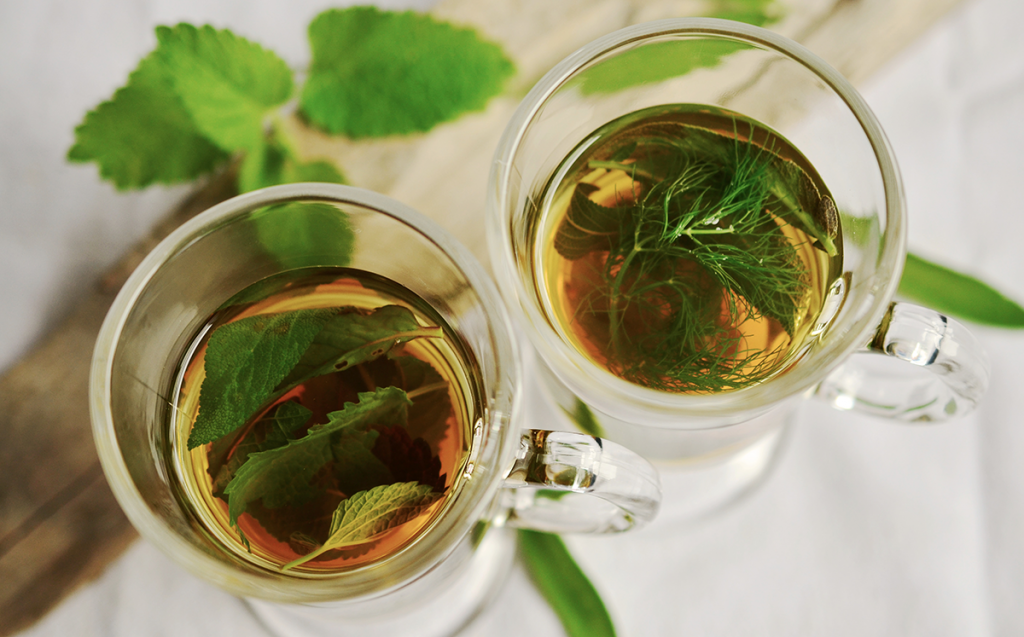
Steps for the ReCode KetoFlex Diet
#1: Fast for at least 12 hours between the end of dinner and the beginning of breakfast:
Fasting allows for a fat-burning state that produces ketones which also contributes to increased insulin sensitivity and detoxification.
On the Ketoflex diet, you should be waking up in a mostly fasted state. Fast for at least 3 hours prior to going to bed.
An example would be to stop eating the night before at 7:00 PM, and to not eat until 7 AM the next day. As mentioned, ApoE4 carriers will work towards extending the fast to 16 hours, so in this case, you may not eat until 11 AM.
#2: Eat Fats and Veggies First
It will be easier to stay in ketosis (a fat-burning state) by eating fats first. Start your morning with several servings of vegetables, olive oil, avocado, and more.
#3: Minimize simple carbohydrates!
Bread, sugar, candy, and cakes are all a BIG no-no on this diet. Rather, eat complex and resistant-starches, such as sweet potatoes or taro root.
#4: Eat Whole Food, Mostly Plant-Based.
The majority of your diet should be comprised of non-starchy vegetables with some limited starchy vegetables.

